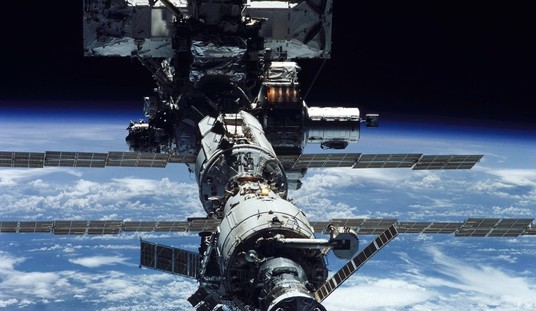Tuesday’s communications-satellite launch from Cape Canaveral didn’t get much attention from the mainstream media, but it will be viewed as an historic event. Delivered by Space Exploration Technologies (SpaceX), it represented several firsts. It was the first launch of their new version of the Falcon from that location, it was the first successful restart of its upper-stage engine (it failed to do so in the previous, first flight, though it wasn’t mission critical), it was the first commercial payload for the vehicle, it was the first delivery of a satellite to geostationary orbit by the company, and it was the first commercial geostationary delivery of a foreign satellite by any U.S. launcher in many years.
The launch went flawlessly, though executives at almost every other launch company on the planet were likely at least secretly rooting for its failure, because a successful flight spells doom for the high-priced launch industry as we know it. SpaceX charged SES, the satellite owner, about a third of what they would have paid for the flight on (for example) a European Ariane V. At only $60M list price (SES got a slight discount as initial guinea pig), they are anywhere from seven to ten times less than the U.S. United Launch Alliance’s (ULA) Delta or Atlas, depending on how one does the accounting. Even the Chinese have said they don’t know how they can compete on price. And the Russians are in the process of consolidating their industry into a single company, something unlikely to drive down their costs, either.
The high prices of the American heavy Delta IV and Atlas V launchers, developed in the 1990s for the Air Force, combined with restrictions related to the International Trade in Arms Regulations (ITAR) had kept the American vehicles out of the foreign launch market for years, so SpaceX’s success in wooing SES is a watershed event that could restore America as the leader in this industry. And ULA doesn’t have any good prospects for reducing their prices much, particularly if their flight rate declines as the Air Force starts to award some of its launches to SpaceX as it proves its reliability over the next several flights. Moreover, the Atlas is dependent on the Russians for its RD-180 engines (which they’ve been threatening to cut off), and building them domestically would increase their costs even more. As Martin Halliwell, SES’s chief technology officer, said, SpaceX’s success would “shake the industry to its roots.”
Moreover, things are only likely to get worse for SpaceX’s competitors. If they start to reuse their hardware, as planned, their costs will come down even further, allowing them to drop prices even more. If the company’s Falcon Heavy flies in the next year or two, it will put further pressure on the competition, with costs potentially going below a thousand dollars per pound of payload, long considered a holy grail for the industry. A reusable heavy could drop costs by an order of magnitude below that, to a range that many have long predicted would create whole new launch markets from price-demand elasticity, including tickets to orbit for mere tens of thousands of dollars.
If this happens, there may be no other solution for existing launch providers, if they want to stay in business, than to scrap their current vehicles and make a major investment in new technology. Of course, SpaceX isn’t alone in challenging the traditional launch industry. The secretive Blue Origin, a company founded by Amazon’s Jeff Bezos, recently revealed the test of a new cryogenic space engine, to be used in one or more of their own planned reusable vehicles. So if the traditional launchers are unable to respond, Bezos with his deep pockets may eventually provide competition for SpaceX, continuing to drive costs down to the point necessary to open up the high frontier.
Of course, the biggest brontosaurus of the old ways is NASA’s Space Launch System, whose political support derives primarily from its ability to maintain jobs in the states and districts of those who fund it on Capitol Hill. Its marginal costs are likely to be in the range of several thousand dollars a pound, even under the most optimistic assumptions, with average cost far higher, given its low flight rate (one of its supporters from Huntsville, Alabama, is trying to force NASA to waste even more money on it in violation of the Anti-Deficiency Act). Whether such a program will be politically sustainable in the face of private-sector costs orders of magnitude less remains to be seen.
It’s been said that the dinosaurs died because they didn’t have a space program. The modern day space-industry dinosaurs may die because they had the wrong kind, but it’s great news for those who want to finally, half a century after it began, open up space to humanity









Join the conversation as a VIP Member